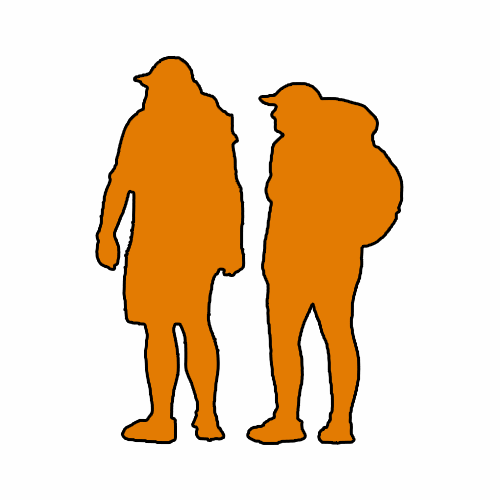Fascinating discoveries and exciting stories were once again revealed in the infinite expanses of the internet this week. From a perspective that appreciates the outdoors and nature, I’ve put together a selection of the most interesting articles I’ve found. It would be a shame if you missed them.
alternative to classic insulation jackets or even Polartec Alpha?
Researchers at Zhejiang University in Hangzhou, China, have developed a new yarn that resembles polar bear hair but is significantly thinner. The structure of the yarn is based on an aerogel, which consists of 90 percent air and ten percent chitosan. The porous core of the aerogel was coated with a flexible material, polyurethane. This made it possible to produce knitting yarn that can be woven, knitted and dyed and is also machine washable. The mechanical performance of the aerogel yarn was rated positively, as it could be bent and stretched without breaking. In thermal comparisons, the aerogel fabric performed better at minus 20 degrees Celsius than wool and conventional materials such as PET or nylon. The researchers emphasize that this is a feasibility study so far, but the low-cost production of the aerogel yarn could make it versatile, both in the clothing industry and in technical applications such as membranes.
Will alpine huts soon need a charging infrastructure for the exoskeleton?
Scientists at the Korea Institute of Science and Technology (KIST) have developed the lightweight exoskeleton “Moonwalk-Omni”. The 2 kg device can predict the wearer’s leg movements and provides corresponding strength support. Originally developed for older people for daily support and rehabilitation, it has also been tested in climbing, helping older climbers regain their strength and dexterity. The exoskeleton, which looks like a hip belt, can be put on quickly and has powerful actuators that improve balance and increase leg strength by around 30 percent. An AI analyzes the wearer’s gait in real time and adapts the power support to different walking environments. The device has been successfully tested in different terrains, including mountain climbing. The scientists are already planning a successor called “Moonwalk Support”, which is also intended to work on joints and hips.

